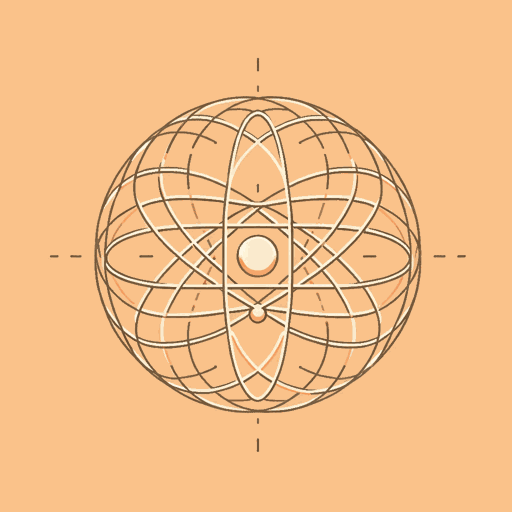61 pages • 2 hours read
Richard RhodesThe Making of the Atomic Bomb
Nonfiction | Book | Adult | Published in 1986A modern alternative to SparkNotes and CliffsNotes, SuperSummary offers high-quality Study Guides with detailed chapter summaries and analysis of major themes, characters, and more.
Part 2, Chapters 10-13Chapter Summaries & Analyses
Part 2: “A Peculiar Sovereignty”
Chapter 10 Summary: “Neutrons”
Szilard and Fermi can’t agree on whether to keep the uranium discoveries secret. Szilard fears the Germans will get wind of it and start a program to develop a bomb; Fermi believes the chance of success is only 10%, and it’s less suspicious to downplay the possibility than try to hide it. Uranium with an atomic weight of 238 is common; less than one percent of uranium has an atomic weight of 235. U238 will fission only after being struck by a high-energy neutron, but the U235 isotope will fission after accepting a neutron of any energy. Bohr realizes that U-235 is much more likely to form a chain reaction.
At Columbia, Szilard, Fermi, and Walter Zinn run a test that proves U235 emits twice as many neutrons during fission as it receives. A chain reaction is doable: “That night,” says Szilard, “there was very little doubt in my mind that the world was headed for grief” (292). Szilard and Fermi now support a military program to develop an atomic bomb, kept secret from the Germans, but Bohr thinks separating enough U235 will be nearly impossible, and he doesn’t want the openness of 








